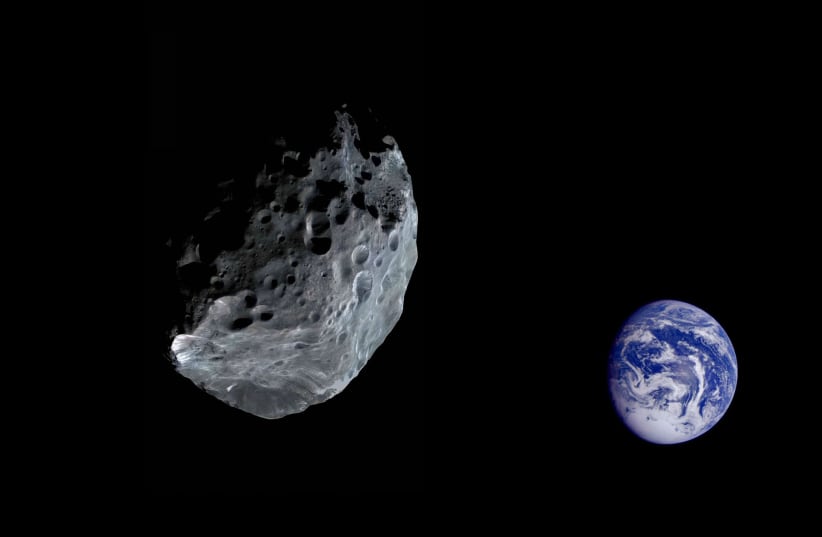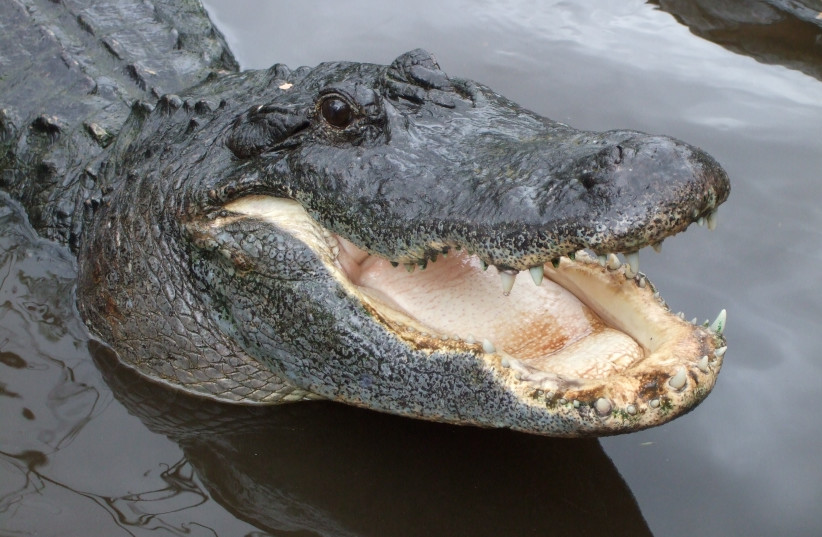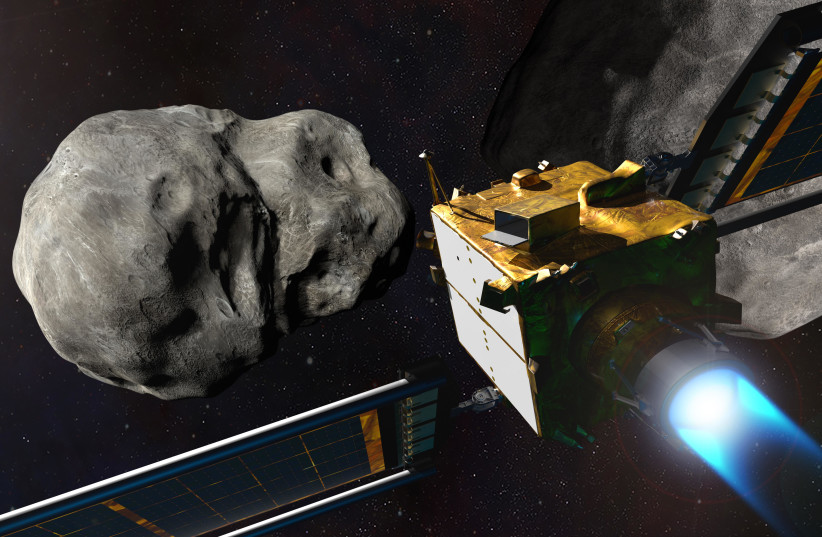A massive asteroid the size of almost 69 American alligators is set to pass by the Earth on Tuesday, according to NASA's asteroid tracker.
The asteroid in question has been 2023 CM, according to the Center for Near-Earth Object Studies (CNEOS) at NASA's Jet Propulsion Laboratory (JPL).
And for those asking in advance, the metric used is total length, not a specific part of the gator's body.
How big is the asteroid coming toward Earth in 2023?
Asteroid 2023 CM, recently discovered this year, is definitely on the large side.
Even at its smallest estimates, this massive asteroid is clocking in at 140 meters wide – enough to meet one of the criteria of being potentially hazardous. But its maximum possible diameter is a whopping 320 meters.
To measure this in more America-friendly terms, the adult male American alligator, commonly found throughout parts of the US South and in many memes about the state of Florida, can grow on average to be around 4.6 meters in length.
This means that asteroid 2023 CM's diameter is as much as 69 American alligators laying snout to tail in a row.
And this mass of gators is heavy, too, clocking in altogether at around 31,050 kilograms. Now, is asteroid 2023 CM heavier? The odds are, yes.
Is an asteroid going to hit Earth in 2023?
Asteroid 2023 CM is definitely a bigger asteroid than what normally passes the planet. But having said that, it will still do just that – pass us by safely.
NASA JPL's estimates say that the asteroid will fly around 4 million kilometers away from the Earth. On a cosmic level, that's a bit close. But the Moon is still much closer, orbiting on average 384,000 kilometers away from the Earth.
And that's very good because if this asteroid hit the Earth, the result would have been very bad.
As explained by the Davidson Institute of Science, the educational arm of Israel's Weizmann Institute of Science, an asteroid 140 meters in diameter would strike the Earth with over a thousand times the energy and power of the nuclear bomb dropped on Hiroshima in 1945.
Something more like 320 meters, similar to the massive Apophis asteroid, would be even more powerful – it could literally devastate an entire continent.
That's the level of catastrophe that would await the Earth if this asteroid hits us.
But it won't. And 69 alligators, prowling around Florida, are likely a much more immediate danger, should you live in the area.
But while this doesn't seem likely to happen, smaller asteroid impacts have and will continue to occur on Earth.
Here are some examples: Back in March 2022, an asteroid half the size of a giraffe known as 2022 EB5 hit the Earth just hours after its discovery. But given how small it was, it didn't result in any damage.
More recently, in late November 2022, tiny asteroid 2022 WJ1 harmlessly exploded into fragments that scattered around Lake Ontario. NASA had predicted that this small meter-long asteroid would impact this location and knew there wouldn't be any harm from it.
On February 13, 2023, asteroid 2023 CX1, twice the size of a Super Bowl trophy, impacted Earth near Normandy, France. This, too, caused no damage.
And most recently, just a few days after that, a meteor around the size of a Pembroke Welsh Corgi and the total weight of four baby elephants struck the Earth in Texas.
Another asteroid, 2023 DW, was recently discovered and may have a chance to hit the Earth in 2046, but the odds of this happening are still slim.
Do we have any way to stop an asteroid from hitting the Earth?
Scientists working in planetary defense spend time doing exactly that, with the most notable effort being NASA's Double Asteroid Redirection Test (DART) Mission, which was launched to crash into the faraway asteroid Dimorphous in the Didymous system in order to see if its trajectory would be altered.
To put it simply, they punched an asteroid with a spacecraft to make it move, changing its orbital trajectory. And it worked.
A recent study has also reaffirmed its success, with scientists now certain they could adequately prevent an impact from a dangerous asteroid, provided we have a few years' notice.
And if we have the time, we might just come out fine.


